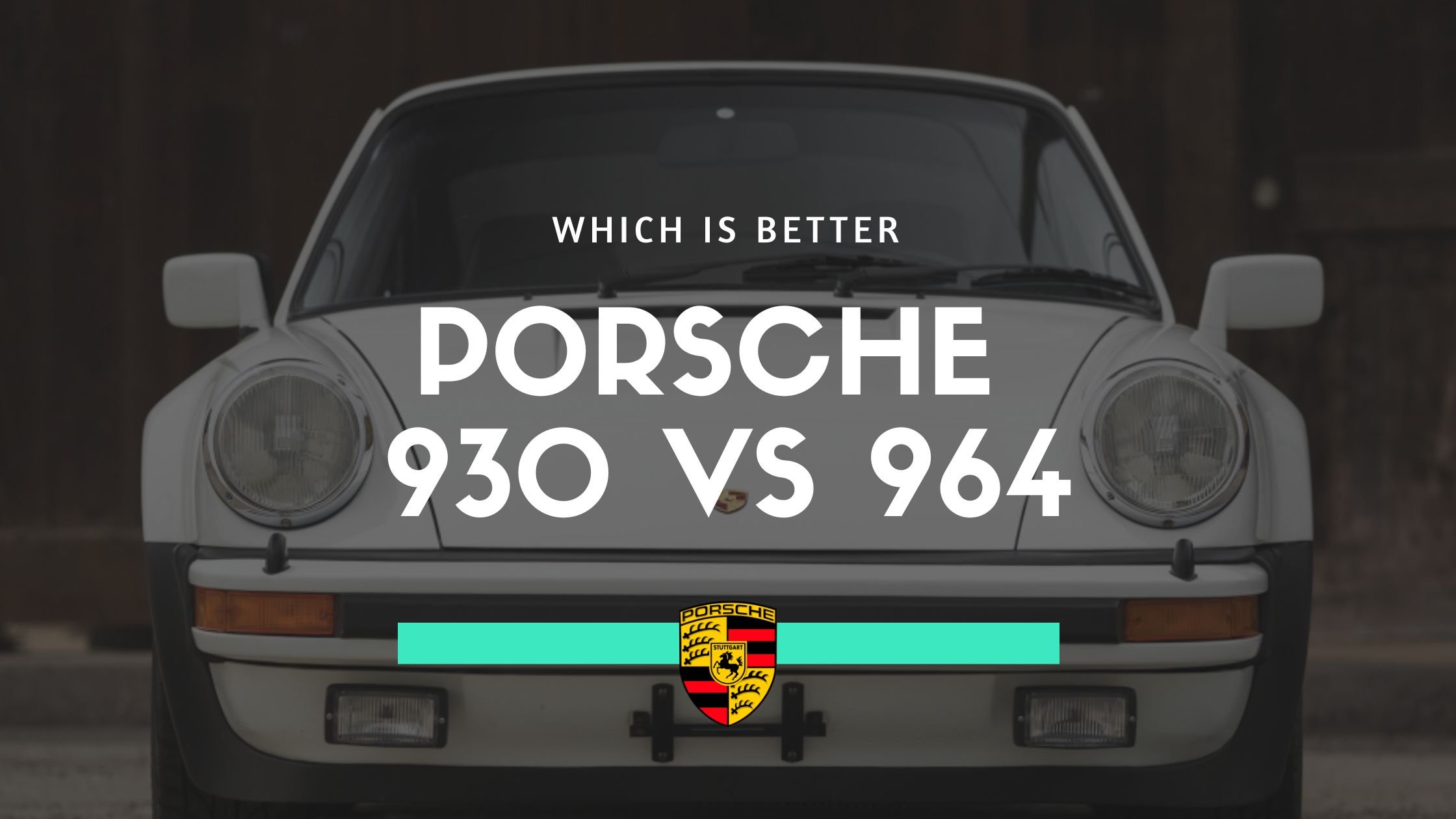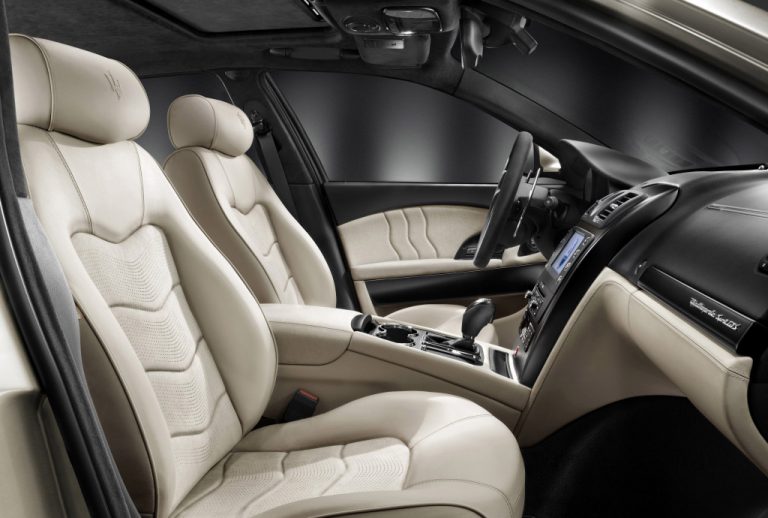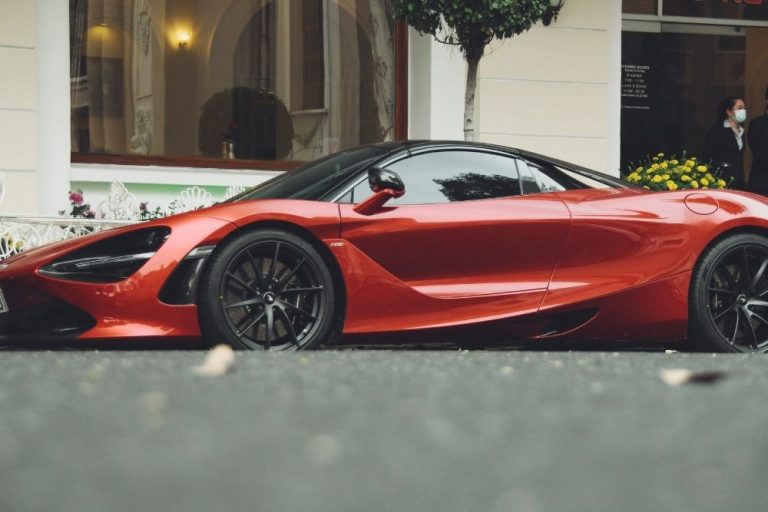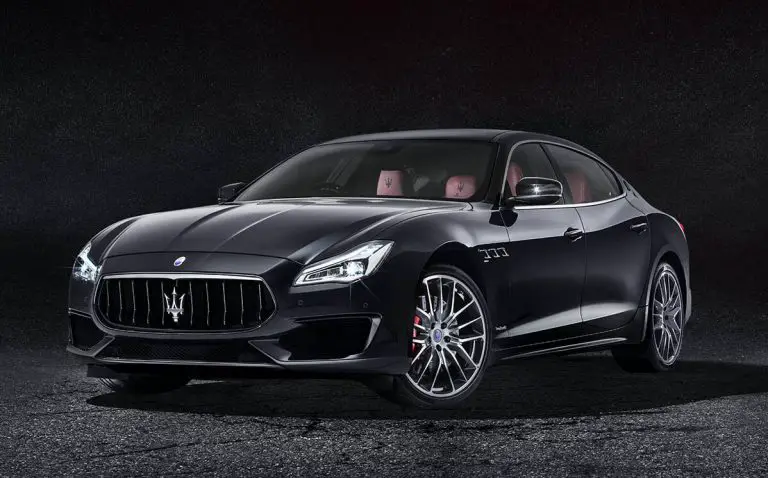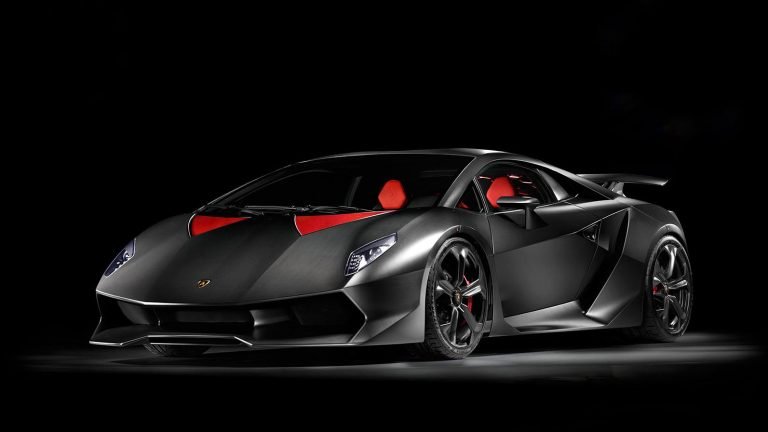Porsche 930 vs 964 Turbo: Is One Better Than The Other?
Porsche has been producing incredible cars for 75 years now. And over those 75 years of car manufacturing, they have had a few standout production lines. The flagship of which has to be the Porsche 911.
Now, this is debatable, you can argue if you want that other models are just as famous, just as iconic. You’d be wrong, but you can still argue if you want. Out of the Porsche 911 line, all of the generations are special, but in this article, we have two standout models.
The Porsche 930 vs 964. Both are great cars. Both are very different cars, so comparing them is a little tricky. But, luckily I’ve got a bit of experience as I’ve previously compared the 964 vs 993. So I’ve got some idea of what to look at.
First, we’ll go through a bit of history about each car and then pit them head to head in a battle to determine which is the best of the two 30 years down the line. Let’s jump right in.
Highlights
- Porsche 930 vs 964 turbos are both part of the Porsche 911 family.
- Porsche 930, produced from 1975 to 1989
- The 1975-77 model features a turbocharged 3.0-liter flat-six engine with up to 260 hp and the 1978-89 model features a 3.3-liter flat-six engine with up to 300 hp.
- Porsche 964 Turbo, produced from 1990 to 1994, came in either a 3.3L or a 3.6L configuration, producing up to 316hp and 380hp, respectively.
- The 964 is considered more reliable due to its better suspension, refined engine, and younger age.
- The choice between the two depends on whether you prefer a raw and powerful driving experience (930) or a more comfortable and powerful luxury sports car (964).
The Porsche 930 Turbo
The Porsche 930 is a Porsche 911 Turbo, produced from 1975 to 1989. You’ll notice that the 930 is a little older than the 964, which becomes very important later on.
Despite being a little older, it featured a turbocharged 3.0-liter flat-six engine that produced up to 260 hp and 243 lb-ft of torque.
While the 3.3-liter engine introduced in 1978 produced 300hp and 304 lb-ft of torque.
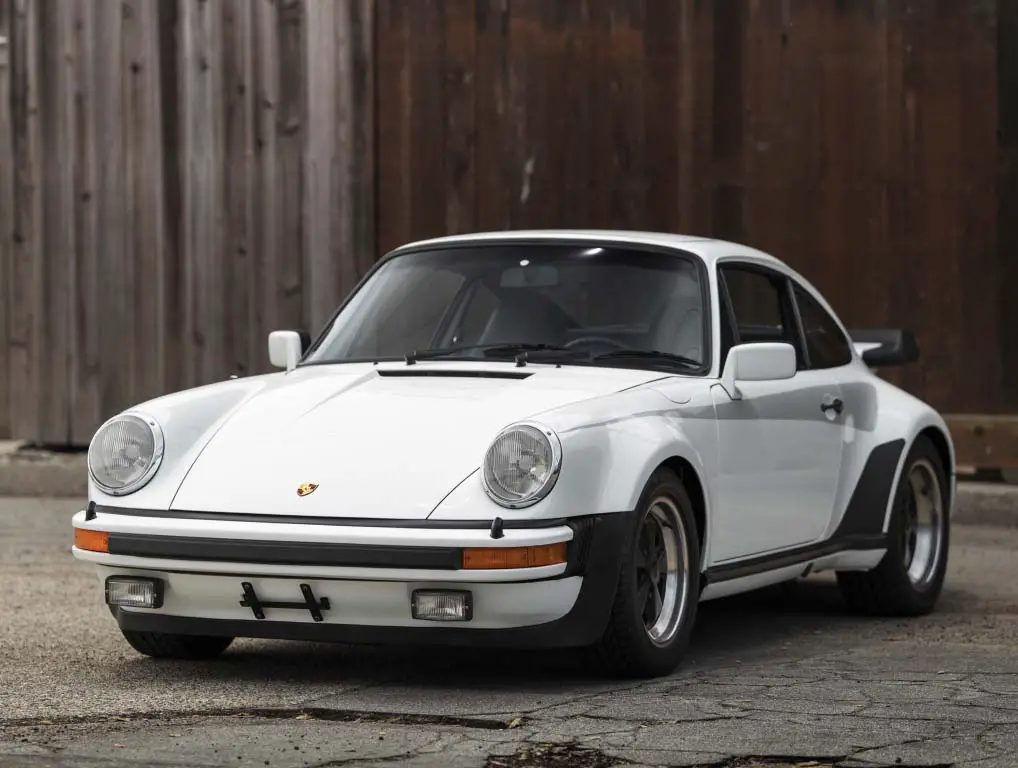
Pretty gosh darn powerful for the mid-70s, right? This powerful flat-six engine allowed it to reach its top speeds between 155 and 173 mph, depending on which year model. This was coupled with a 0-60 time of around 5.2 to 4.6 seconds. The Porsche 930 was known for its distinctive “whale tail” rear spoiler and wide fender.
It looked cool, but that wasn’t new to Porsche. Why the 930 was so popular at the time (and still is), is because it was one of the first production cars to feature a turbocharged engine that put down massive power.
The Porsche 930 was one of Porsche’s first attempts at making a real powerhouse of a car that didn’t sacrifice the luxury that you would be familiar with on newer Porsches.
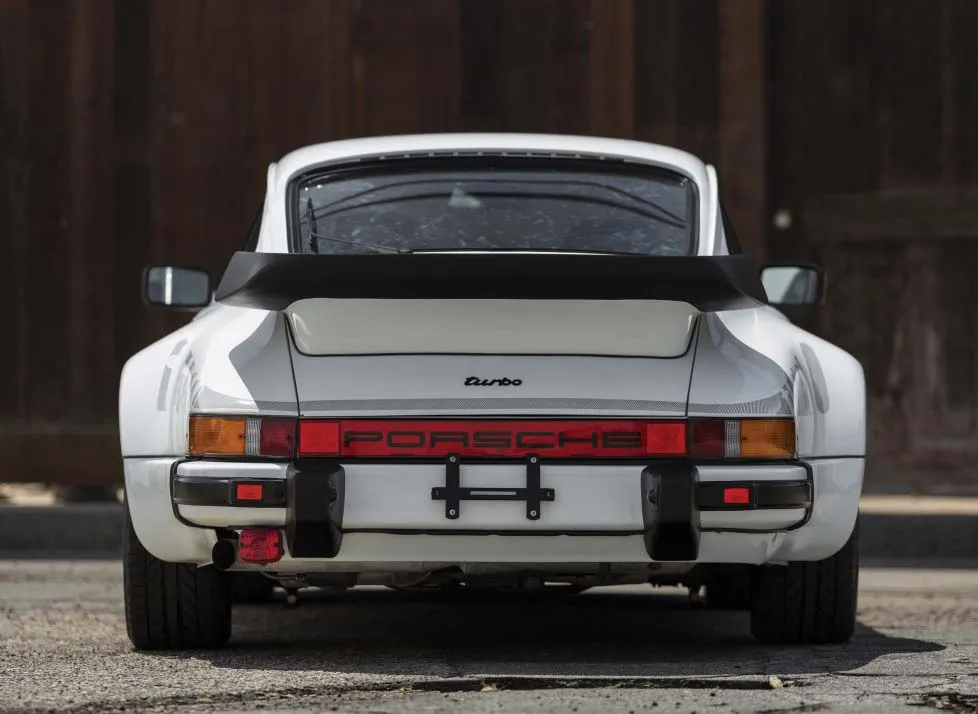
It was pretty brand-defining, to be honest, even if Porsche didn’t exactly stick with the 930 way of doing things. But they absolutely did, evolving this winning turbo formula even till the present generation of 911s.
As a side note, the 930 Turbo falls within the generation of 911s called the G series; there were other similar-looking 911s of this era, but they didn’t come with a turbo engine. More info on that here on the official Porsche site.
The Porsche 964 Turbo
The Porsche 964, on the other hand, was produced from 1989 to 1994 and is, therefore, quite a lot more modern at the most recent end of production than the very first Porsche 930s.
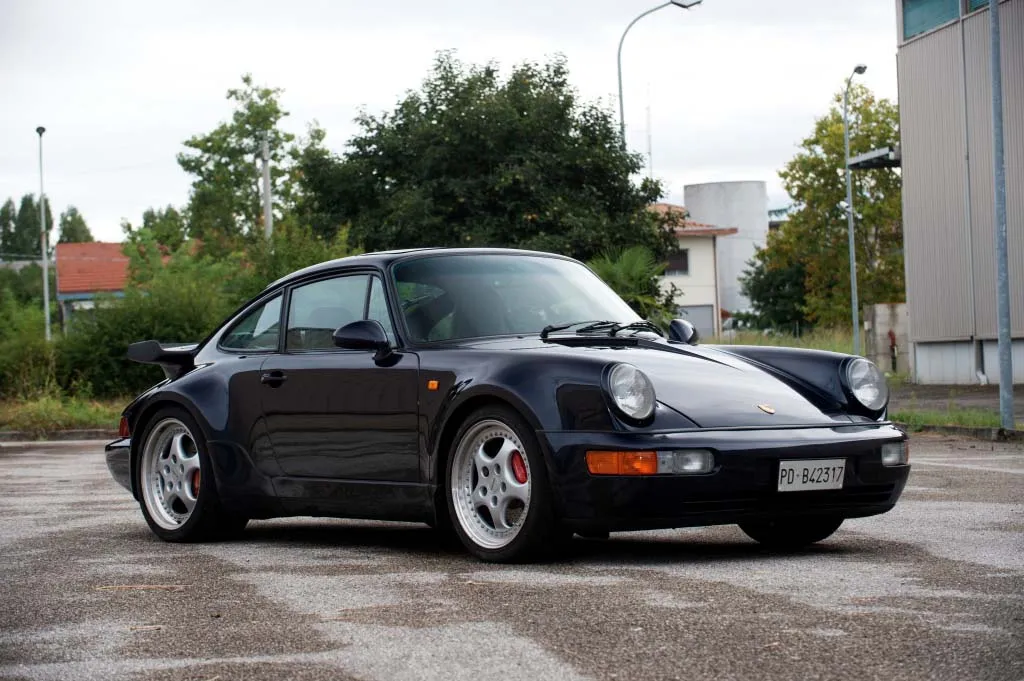
Since the 930 is a Turbo, we’ll focus on comparing the 964 Turbo, as there are quite a few 911s in the 964 generation. Explaining the power output of the 964 Turbo can get a bit wordy, as there’s two versions, the 3.3L and 3.6L engines and each of these come paired with an S variant. I’ve put the specs into the following table:
| Variant | 964 Turbo 3.3 | 964 Turbo 3.3 S | 964 Turbo 3.6 | 964 Turbo 3.6 S |
|---|---|---|---|---|
| Bore and Stroke | 97 mm × 74.4 mm (3.82 in × 2.93 in) | 97 mm × 74.4 mm (3.82 in × 2.93 in) | 100 mm × 76.4 mm (3.94 in × 3.01 in) | 100 mm × 76.4 mm (3.94 in × 3.01 in) |
| Displacement | 3,299 cc (201.3 cu in) | 3,299 cc (201.3 cu in) | 3,600 cc (220 cu in) | 3,600 cc (220 cu in) |
| Compression Ratio | 7.0:1 | 7.0:1 | 7.5:1 | 7.5:1 |
| Power Output | 316 hp (235 kW; 320 PS) at 5,750 rpm | 376 hp (280 kW; 381 PS) at 5,750 rpm | 355 hp (265 kW; 360 PS) at 5,500 rpm | 380 hp (283 kW; 385 PS) at 5,750 rpm |
| Torque | 332 lb-ft (450 Nm) at 4,500 rpm | 375 lb-ft (508 Nm) at 5,000 rpm / 361 lb-ft (490 Nm) at 4,800 rpm | 384 lb-ft (520 Nm) at 4,200 rpm | 384 lb-ft (520 Nm) at 5,000 rpm |
As you can see, the 964 was quite a lot more powerful. While it was certainly more powerful than the 930, it had a pretty spectacular engine allowing it to achieve a top speed of 171 mph for the 3.3 and 180 mph for the 3.6 with a 0-60 time of around 4.4 to 4 seconds flat, respectively.
Again, we have an iconic Porsche because it marked perhaps the initial turning point of Porsche, focusing on giving its cars a more refined and comfortable ride compared to its predecessors.
Many argue that this is why Porsche moved away from being sporty-focused and started viewing itself as a competitor in the luxury car market. To those people we say, Porsche has always been about luxury. They have just redefined what luxury means!
Porsche 930 vs. 964 – What Are The Differences?
To summarise really quickly, the Porshc 930 is a little younger and a little more powerful. These cars are aiming to do, to be, to embody completely different things. The 930 is said to be more raw, powerful, and energetic.
It is a sports car through and through, and it was trying to change the way we utilize turbocharged engines in the commercial markets.
The 964, on the other hand, takes that same recipe and throws more power and refinement at it, while retaining a level of luxury most cars at the time didn’t have with this level of performance.
Does power require a sacrifice in comfort? To a degree, yes, it does. But the 964 proved that you did not lean all the way into power or all the way into comfort. There is a middle ground. A glorious middle ground. And it’s called the Porsche 964 Turbo.
Porsche 930 vs 964 – What Are The Similarities?
Both cars utilize flat-top engines, which means the engines are organized with pistons placed horizontally rather than into two perpendicular banks of pistons.
The idea behind this engine is that it lowers the center of gravity and increases handling and cornering in particular.

Both cars have decent-sized engines, both have powerful engines, and both are 911s. So they look pretty darn similar, even if they are unique in their own ways. To the untrained eye, they may have a difficult time telling them apart, although, to us car enthusiasts, it’s pretty obvious. Jeremy Clarkson is pretty famous for saying something along the lines of all 911s look the same.
Porsche 930 vs 964 – Which Is More Reliable?
Since the Porsche 930 is a little older, you will find that it’s going to be a lot less reliable. Age matters when it comes to cars; even the most expertly manufactured engine will begin to degrade after enough time and with enough miles on the clock.
Furthermore, the 964 has a much better suspension than the 930, which takes a lot of the high-impact wear and tear off the rest of the car as it is absorbed in the springs. That’s a simplification of the benefit, but you get the idea.
Furthermore, the Porsche 964 Turbo is an updated version of the 930 engine, meaning it obviously produces more power but in a much more refined way.
This is generally a lot more gentle on the engine and contributes to a longer lifespan and, therefore, a higher level of reliability.
Porsche 930 vs 964 Turbo Comparison At A Glance
I admit, there’s a lot going on in this article, with heaps of information to digest, so I thought it would be helpful to just summarize everything into a nice and easy to understand table comparing the Porsche 930 vs 964 Turbo models.
| Aspect | Porsche 930 Turbo | Porsche 964 Turbo |
|---|---|---|
| Production Years | 1975-1989 | 1990-1994 |
| Engine Options | 3.0L (1975-77), 3.3L (1978-89) | 3.3L and 3.6L (S variants available) |
| Power Output | Up to 260 hp (3.0L), Up to 300 hp (3.3L) | 316 hp (235 kW; 320 PS) to 380 hp (283 kW; 385 PS) depending on variant |
| Torque | 243 lb-ft (3.0L), 304 lb-ft (3.3L) | 332 lb⋅ft (450 N-m) to 384 lb-ft (520 N⋅m) depending on variant |
| Top Speed | 155-173 mph (depending on year) | 171-180 mph (depending on variant) |
| 0-60 mph | 4.6-5.2 seconds (depending on year) | 4.0-4.4 seconds (depending on variant) |
| Key Features | Distinctive “whale tail” rear spoiler, wide fender | Improved suspension, refined engine |
| Engine Type | Flat-six Turbo | Flat-six Turbo |
| Focus | Raw, powerful, energetic | More refined, comfortable, powerful |
| Reliability | Older, potentially less reliable | More modern, better suspension, refined engine |
Verdict On The Porsche 930 vs 964
As you can see, while these great cars are both subsets of the 911 family, they are actually both incredibly different and similar at the same time. They have a variety of different goals for what the car is trying to be, and it is, therefore, almost unfair to compare them directly.
That being said, in a head-to-head, you can simplify the winner based on what you want from your car. Do you want a raw rocket that makes driving fun, if a little uncomfortable, and that’s what the car aims to do?
Well, the 930 wins. If you want a powerful car that drives in a more refined manner, with less in-your-face unpredictable power, and with better corner handling like a 911 should, then the 964 is your winner.
Both are great cars, do what they were designed to do, are highly desirable, and have decent market resale value. The prices have been going through the roof for years now, and they certainly aren’t cheap 911s.
I personally would go for a 964 Turbo, but at the prices they’re sitting at right now, they’re ridiculously unattainable. I’d be going for something more modern and more exotic, as without a doubt, time has allowed for more modern cars to improve and effortlessly do what the 964 Turbo can do and much more. But that’s not really the point of owning a 964 Turbo, is it?

